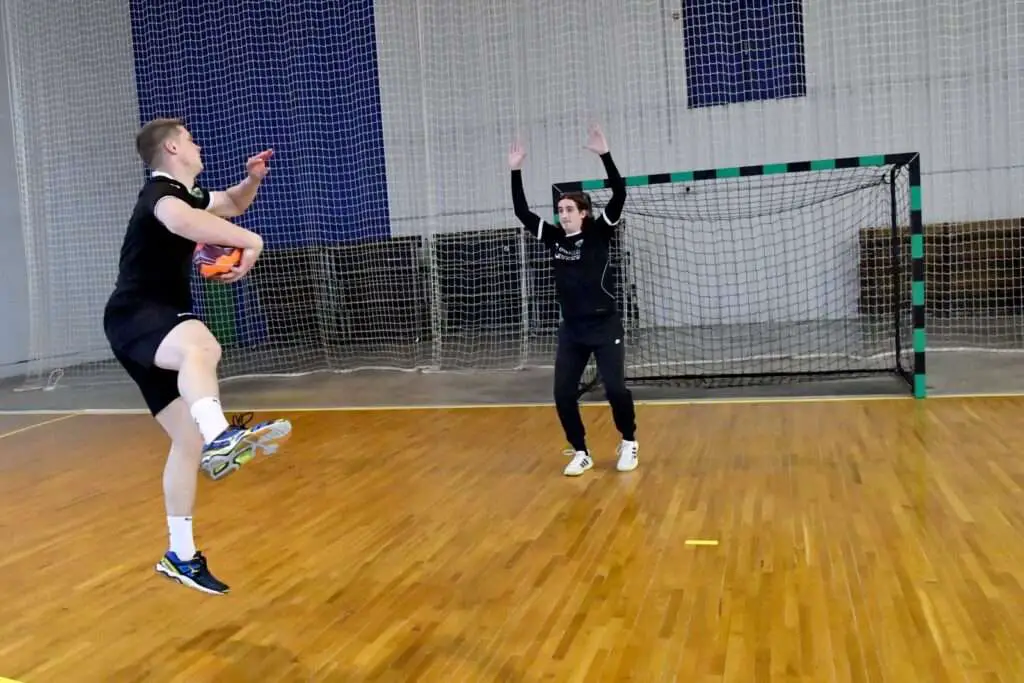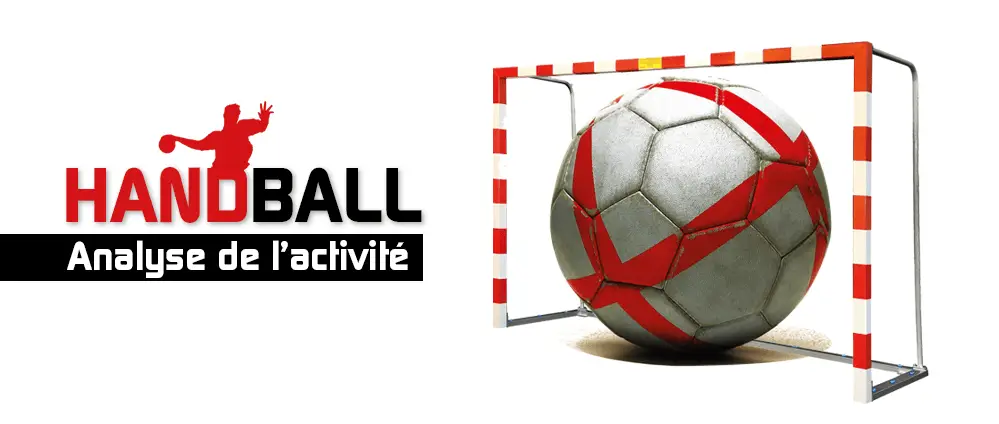Handball has beneficial effects on the cardiovascular system, the respiratory system and resistance. It is a sport that allows you to effectively work your muscles and tone your body. By practicing handball, you can develop your speed and increase your speed. In addition, this sport helps improve agility and strengthen muscle strength.
Why play handball?
Handball is an endurance sport that uses several muscles in the body. The movements and races performed during this sport mainly tone the muscles of the lower limbs, such as the glutes, thighs and calves.
In handball, the main objective is to throw the ball into the opponent’s goal more times than the opposing team. The exclusive use of the hands to handle the ball is a particularity of this sport.
The kick-off, which marks the start of the game, takes place at the central point of the field after the referee’s whistle. The player in charge of this action must have one foot on the center line, while the other foot must remain on his own court. Opposing players must keep a minimum distance of 3 meters from the thrower.
Handball is a sport that is both simple and complete. It allows you to improve your coordination and motor skills through technical movements, intervals and team combinations. Handling the ball when dribbling and passing also promotes the development of dexterity.
To score a goal in 7-player handball, each team must shoot, dribble and pass the ball in order to successfully deceive the opposing defense. In singles or doubles handball, which is more popular in the United States, it is possible to score a goal by bouncing the ball off the walls.
The minimum number of players required to start a handball match is two teams each consisting of 7 players, making a total of 14 players on the field. This team sport is played with a ball, on a rectangular field measuring 40m x 20m, divided into two parts. The players’ objective is to score goals in the opposing camp.
How are points counted in handball?
What are the dimensions of a handball court?
– A classic handball court is 40 meters long and 20 meters wide. It also has two six-meter-long guards.
What are the principles of handball?
– In handball, the aim of the game is to throw the ball into the opponent’s goal more times than the opposing team who can only use their hands to handle the ball. The principles consist of dribbling with the ball or passing it to a teammate.
When does the handball penalty take place?
– The handball penalty is more commonly called “7 meter throw”. It is ordered by the referee when a defensive player commits a foul with a clear desire to avoid a goal or when the safety of the player on whom the foul was committed is compromised.
How does a handball match start?
– A handball match begins with a draw. The winning team then chooses the side of the field or performs an ejection from the center line. The player making the ejection must have at least one foot on this line until the ball leaves his hand.
What actions are allowed in handball?
– Actions permitted in handball include: throwing, catching, stopping, pushing or hitting the ball with the hands (open or closed), arms, head, torso, thighs and knees; hold the ball for a maximum of three seconds; take three steps or four steps maximum with the ball (otherwise it is considered a “walking” fault).
How long does a handball match last?
– The duration of a handball match is 18 minutes. There is no limit of points to reach. In the event of a tie, a “golden ball” is played to decide between the two teams.
What is “roucoulette” in handball?
– The “roucoulette” is a handball shot which consists of giving the ball a rotation effect with the wrist in order to redirect it towards the goal during the rebound.
How do we play handball?
Each team gets 1 point by scoring in the opposing goal. The rules of handball can vary depending on whether you play professionally or amateurly.
The playing field is a rectangle 40 meters long and 20 meters wide, with a playing area and two goal areas. The long sides are called the sides; small goal lines (between the pillars) or goal exit lines (on both sides of the pillars).
To be a good handball staff, you must be constantly in contact with the opposing defense at the 6-meter line and always quick to create a screen. The staff must be firm on their feet and have good support.
To do a wrist handball, sit down and place your forearms on your feet, so that your arms are above your knees. This time, your palms will face up to relax the dumbbells, then lift them only slightly with your wrists to repeat this exercise.


